Overview
The Neumann KMS 105 Live Vocal Condenser Microphone (Nickel) has been specifically developed to optimally and clearly transmit the human voice within the demanding conditions present on a live stage. The high acoustic resolution and smooth frequency response of the microphone ensure that the musician has control of their performance at all times.
The microphone is also ideal for use with in-ear monitoring systems due to its low self-noise and colouration-free crosstalk behaviour, while the supercardioid characteristic of the capsule is particularly good at suppressing sounds originating from the entire 180° hemisphere behind the microphone.
Key Features:
- The studio condenser capsule provides the basis for transmitting all the nuances of the human voice.
- Delivers high acoustic transparency, wide frequency range, and a fine resolution of transients when compared to other mostly dynamic handheld microphones.
- Carefully adjusted acoustic filters and transformerless impedance converters can handle very high sound pressure levels that prevent the microphone from being overloaded even by strong plosive sounds.
- In spite of good pop protection, sibilants and “S” sounds are transmitted with their natural accentuation without added harshness.
- The acoustic filters are designed so that the distinctive directional characteristics of the capsule are preserved even in the bass range.
- The filters ensure a very high level of feedback protection when used with a stage sound system.
- Since vocal microphones are typically addressed at close range, electronic compensation is used to adjust for the proximity effect in the capsule.
- Built-in high-pass filter with a 120 Hz cutoff frequency.
- 132 dB dynamic range.
- 150 dB maximum sound pressure level.
- Low self-noise level permits the microphones to be used at high gain levels without the risk of additional noise.
- Even at large distances the microphones operate with a high signal-to-noise ratio, allowing the freedom of movement and creativity that can be important to an artist.
- Transformerless output circuit allows the microphone signals to be transmitted through long cables without loss of sound.
Specifications
| Operating Principle | Pressure gradient transducer |
| Directional Pattern | Supercardioid |
| Frequency Range | 20 Hz to 20 kHz |
| Sensitivity | 4.5 mV/Pa @ 1 kHz into 1kΩ |
| Impedance | 50 Ω |
| Load Impedance | 1 kΩ |
| Equivalent Noise Level | CCIR: 28 dB A-weighted: 18 dB-A |
| Signal-to-Noise Ratio | 66 dB CCIR (relative 94 dBSPL) 76 dB A-weighted (relative 94 dBSPL) |
| Maximum SPL | 150 dB for THD 0.5% |
| Maximum Output Voltage | 12 dBu |
| Dynamic Range | Microphone Amp: 132 dB (A-weighted) |
| Phantom Power | 48V, +/-4V |
| Current Consumption | 3.5 mA |
| Connector | XLR 3 male |
| Diameter | 48 mm |
| Length | 180 mm |
| Weight | Approximately 300 g |

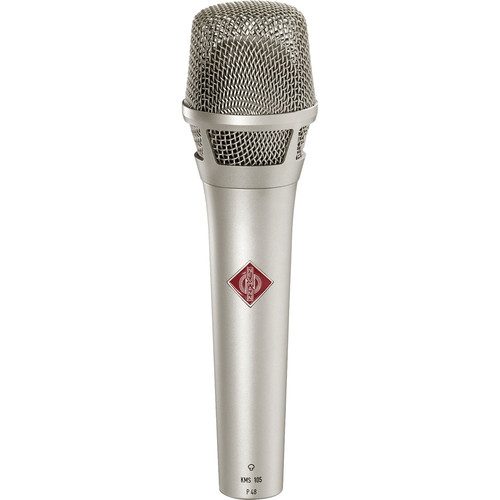

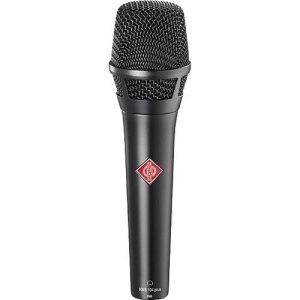
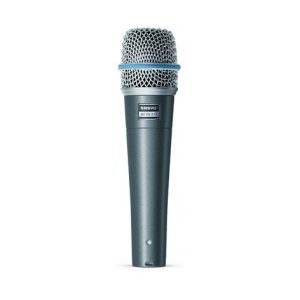

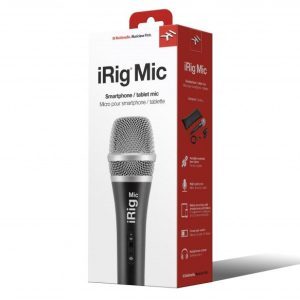
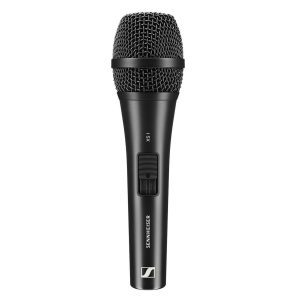
Reviews
There are no reviews yet.